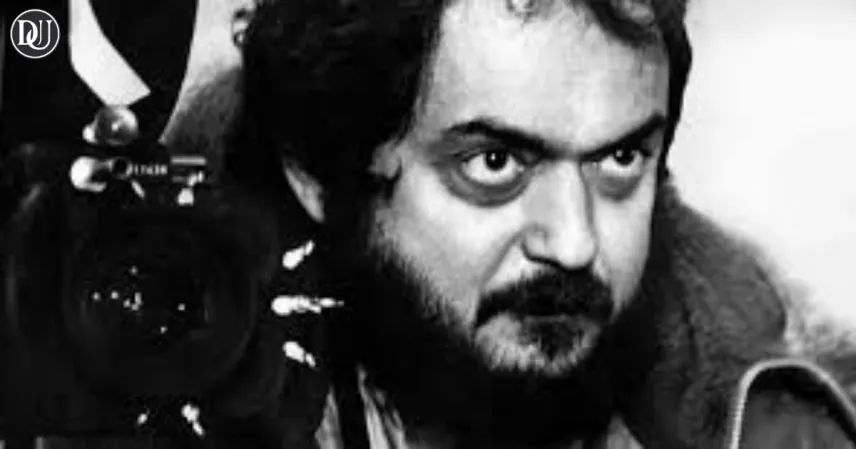Quentin Tarantino's 1992 debut film Reservoir Dogs is often hailed as one of the most influential indie films of all time, widely recognized for its sharp dialogue, nonlinear narrative, and brutal yet stylish portrayal of crime. But what many fans may not realize is that the roots of this iconic movie can be traced back to a lesser-known heist film by legendary director Stanley Kubrick — The Killing (1956).
Kubrick’s The Killing was a groundbreaking film for its time, telling the story of a racetrack robbery gone wrong through a non-linear structure. Rather than follow a traditional, chronological timeline, Kubrick presented the story from different character perspectives, allowing viewers to piece together the narrative much like a puzzle. This approach was innovative in the 1950s and laid the foundation for many modern storytelling techniques in cinema.
![]()
Tarantino has been vocal about his admiration for Kubrick’s film, describing it as a major influence on Reservoir Dogs. In interviews, he has acknowledged the stylistic parallels between the two movies. “I didn’t go out of my way to do a rip-off of The Killing,” Tarantino once said, “but I did think of it as my Killing, my take on that kind of heist movie.”
The similarities between the films are striking. While The Killing follows a group of criminals planning and executing a racetrack heist, Reservoir Dogs revolves around a team of color-coded thieves brought together for a jewelry store robbery that ultimately falls apart. What makes Reservoir Dogs unique is that it never shows the actual heist — a bold narrative decision that shifts the focus from action to character-driven drama. This mirrors Kubrick’s fragmented storytelling, where tension is built not just through the act of crime but through the interplay of personalities and circumstances surrounding it.
Tarantino also borrowed Kubrick’s approach to character development. The Killing features a cast of morally ambiguous, flawed individuals — men driven by desperation, greed, and ambition. Similarly, Reservoir Dogs gives audiences a close-up look at a team of criminals, each with distinct personalities and motivations, adding psychological depth and emotional complexity to what could otherwise be a straightforward crime thriller.
![]()
Beyond structure and character, both films share a cold, almost fatalistic view of crime. In The Killing, meticulous planning is undone by chaos and betrayal, while in Reservoir Dogs, suspicion, mistrust, and violence consume the group. The message is clear: in the world of criminals, nothing goes as planned.
Though The Killing may not be as widely celebrated as Kubrick’s later masterpieces, its legacy endures through the filmmakers it inspired. For Tarantino, it served as both a creative blueprint and a cinematic challenge — to take the essence of a forgotten Kubrick classic and reimagine it for a new generation.
In doing so, Tarantino not only paid homage to Kubrick but also announced his own arrival as a daring new voice in cinema, forever altering the landscape of crime films.










